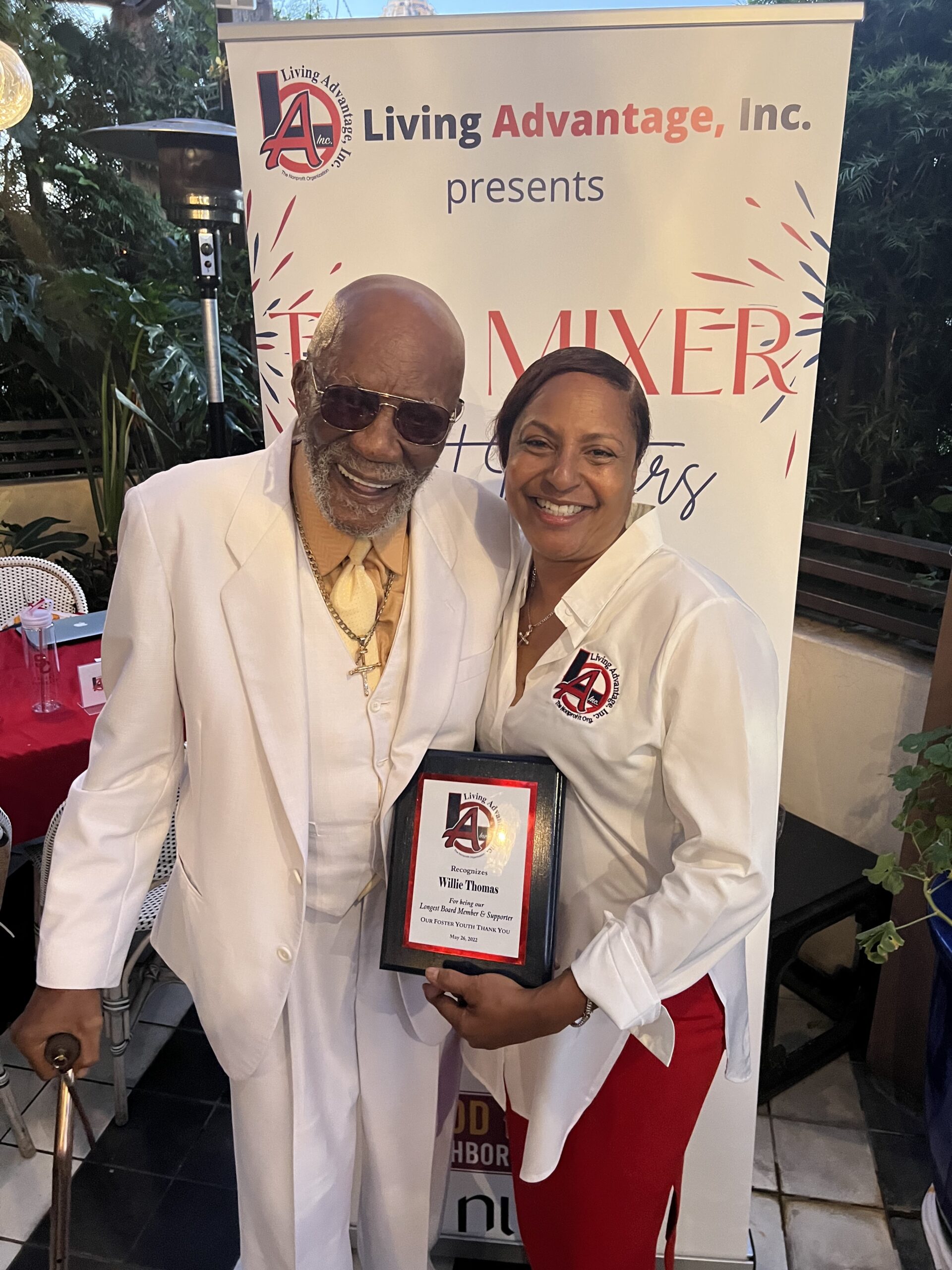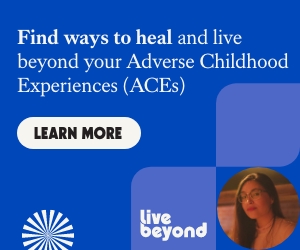NAPSI — Underage drinking is a significant concern and public health challenge nationwide contributing to a wide range of costly health and social problems. According to the National Institute on Alcohol Abuse and Alcoholism, the economic burden of alcohol misuse in the U.S. is estimated at $249 billion, with three-quarters of those costs coming from binge drinking. Almost $24.3 billion (about 10 percent) of the total $249 billion economic cost of excessive alcohol consumption is related to underage drinking, much of it due to premature mortality of underage youth.
Annually, alcohol is a factor in the deaths of approximately 4,300 youths in the United States, shortening their lives by an average of 60 years.
Last year, nearly 20 percent of people between the ages of 12 and 20 reported drinking alcohol. In fact, alcohol continues to be the most widely used substance among America’s youth, and a higher proportion use alcohol than use tobacco, marijuana, or other drugs according to Monitoring the Future.
While teens tend to drink less frequently than adults, 4.5 million young people drink larger quantities or binge drink, having five or more drinks males, and four or more drinks for females during a single occasion.
While underage drinking is a source of concern, parents can influence whether their child decides to drink or not.
Moms and dads may want to start by knowing the risks and signs of underage drinking. Teenage drinkers are more prone to have legal issues and participate in unsafe sexual behaviors. They are more likely to have memory problems and changes in brain development that cause life-long effects. There’s also an increased risk for using other drugs, hurting themselves or someone else and developing an Alcohol Use Disorder.
There are signs that parents should recognize as it might indicate their child is drinking. If parents notice several of these signs or if they occur suddenly and are extreme, it could mean there’s alcohol use involved, and parents should intervene with their children and seek professional help through the child’s school or contact the county health department. These signs are mood changes like a quick temper, irritability and defensiveness; school problems such as poor attendance, low grades and/or recent disciplinary action; switching friends and a reluctance to introduce the new friends; and finding alcohol in a child’s room or backpack or smelling alcohol on their breath.
The good news is there are a number of things parents can proactively do to help children stay alcohol-free.
• Show you disapprove of underage drinking.
More than 80% of young people ages 10-18 say their parents are the leading influence on their decision to drink or not drink. So, they really are listening, and it’s important that you send a clear and strong message.
• Show you care about your child’s happiness and well-being.
Young people are more likely to listen when they know you’re on their side. Try to reinforce why you don’t want your child to drink—not just because you say so, but because you want your child to be happy and safe. The conversation will go a lot better if you’re working with, and not against, your child.
• Show you’re a good source of information about alcohol.
You want your child to be making informed decisions about drinking, with reliable information about its dangers. You don’t want your child to be learning about alcohol from friends, the internet, or the media—you want to establish yourself as a trustworthy source of information.
• Show you’re paying attention and you’ll notice if your child drinks.
You want to show you’re keeping an eye on your child, because young people are more likely to drink if they think no one will notice. There are many subtle ways to do this without prying.
• Build your child’s skills and strategies for avoiding underage drinking.
Even if your child doesn’t want to drink, peer pressure is a powerful thing. It could be tempting to drink just to avoid looking uncool. To prepare your child to resist peer pressure, you’ll need to build skills and practice them. Keep it low-key. Don’t worry, you don’t have to get everything across in one talk. Many small talks are better.






